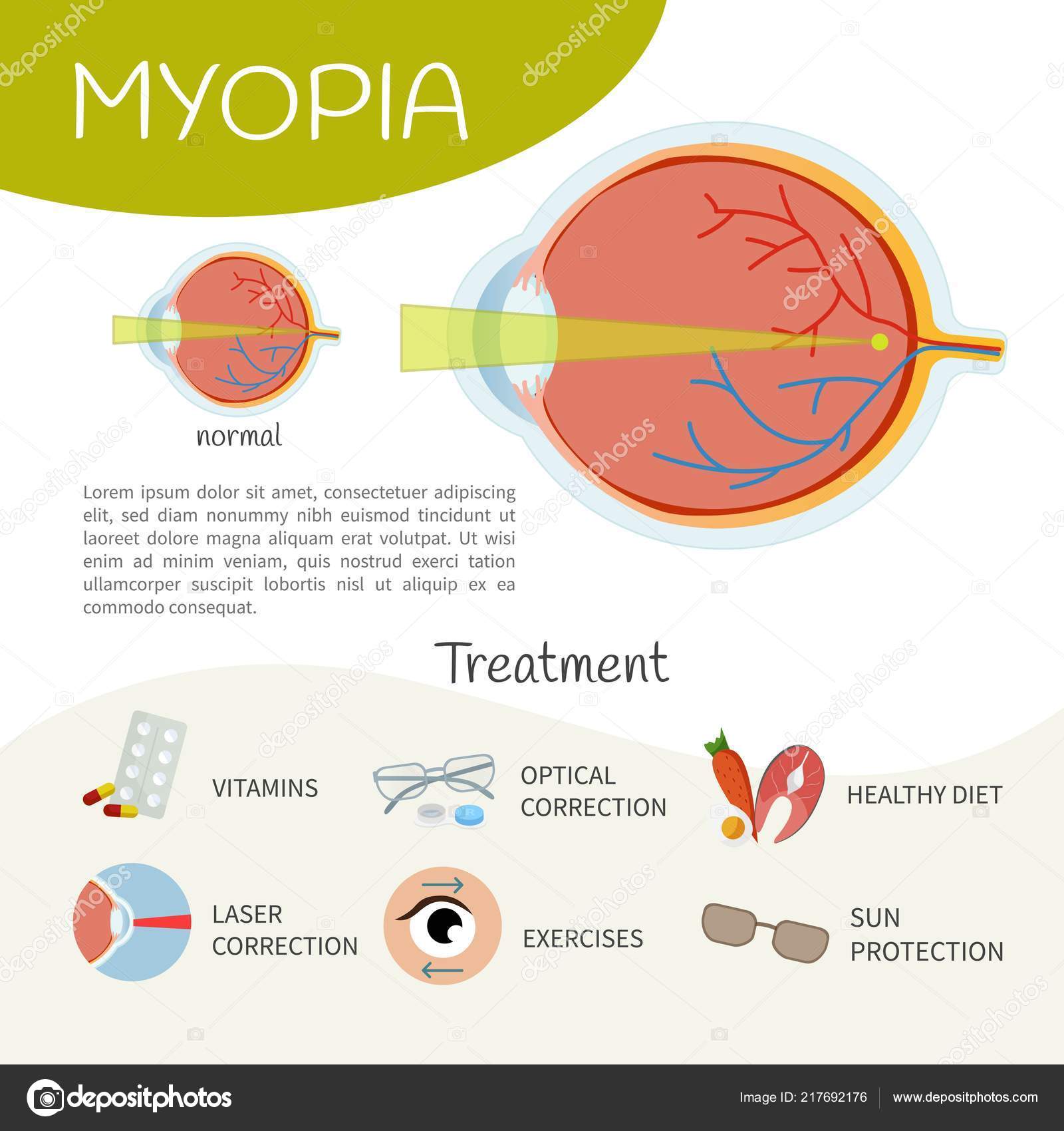Exactly How Astigmatism Impacts Vision - Usual Misconceptions And Also Misconceptions

Written by-Tobiasen Knight
Astigmatism is an usual eye condition that blurs distance as well as near vision. It happens when the front surface area of your eye (cornea) isn't uniformly rounded, yet instead formed like an egg or a football. This abnormality affects exactly how your eyes flex light, creating blurred vision.
It is important to have an extensive eye examination to find astigmatism early and also handle it with prescription lenses or LASIK surgical treatment. This can reduce the demand for squinting, which can cause persistent eye pressure.
Misconception 1: Astigmatism is caused by squinting
Unlike many eye problems, astigmatism is not brought on by scrunching up your eyes. Rather, it's the result of irregularities in the eye's cornea and lens that cause blurred vision.
Normally, the cornea and also lens at the front of your eye have a round shape that allows light to concentrate sharply on the retina at the back of your eyeball. With astigmatism, the cornea as well as lens have even more of an oblong shape, triggering light to flex erratically when entering your eye. This can trigger your vision to be blurred whatsoever distances.
People with astigmatism might scrunch up your eyes to attempt to boost their blurred vision, which can result in eye stress and also frustrations. It is necessary to see a trained eye care specialist asap if you notice squinting or various other signs of astigmatism. Your eye doctor can suggest corrective glasses or contact lenses to aid you see clearly whatsoever distances. Astigmatism is just one of the most common refractive mistakes that burglarizes people of clear vision, along with nearsightedness (nearsightedness), hyperopia (farsightedness) and also presbyopia (aging blur). It affects adults as well as children alike.
Myth 2: Astigmatism is a genetic condition
Astigmatism is a refractive mistake caused when your cornea or lens have an irregular curve. This inequality creates light that enters your eye to be bent unevenly, which can create blurred vision at all distances. Many people that have actually astigmatism are born with it, but some may get it from eye injuries, illness or surgical procedure. Eye treatment professionals aren't sure why the form of one's cornea or lens varies from person to person, yet they do know that it is genetic as well as can be passed down with generations.
There are 2 types of astigmatism: normal as well as irregular. A regular astigmatism implies that your cornea - the clear front layer of the eye - isn't completely round like a basketball, however it is extra extended, shaped much more like a football. This implies that the light entering your eye strikes the retina at greater than one point, which leads to blurred or distorted vision. The other kind of astigmatism is irregular astigmatism, which indicates that your cornea and/or lens are bent in more than one instructions or steeper in the bottom than the top.
Myth 3: Astigmatism is permanent
A lot of astigmatism is genetic. Yet it can also be triggered by eye injuries, surgery, aging, or scarring. It might also develop from the shape of your cornea or lens. The primary cause is when the principal meridians of your eyes (the steepest and flattest parts) are not perpendicular per other. This creates obscured vision because the retina can not focus plainly on the photo.
It's important to check out an eye doctor if you notice any adjustments in your vision. Trigger sees can aid capture more major issues, such as keratoconus. https://telegra.ph/What-To-Anticipate-During-Your-Lasik-Surgical-Treatment-And-Recovery-07-02-2 to slim as well as come to be a lot more conical. This makes it tough to see and also can affect depth perception. Rubbing your eyes can enhance your risk for this condition, as well. Dry eyes and also allergic reactions can additionally contribute to the trouble. One of the most common treatment for astigmatism includes restorative lenses, which can include glasses or contact lenses. Various other options consist of orthokeratology, which makes use of inflexible get in touch with lenses to improve the cornea, or laser surgery.
Myth 4: Astigmatism is painful
The eye is designed to filter light into the retina and focus it onto the back of the eye (the cornea or lens). When these structures are misshapen, nonetheless, vision can be blurry. This refractive error can be fixed with prescription spectacles and call lenses or by having astigmatic keratotomy surgical treatment, which involves making little cuts on the steepest contours of the cornea.
The most usual sign of astigmatism is blurred vision, which can make it difficult to read or see objects distant, even when you are resting near them. You might also have difficulty evaluating distances or seeing plainly in the evening, when you are more probable to experience glare and halos around lights.
https://www.businessinsider.com/i-got-lasik-eye-surgery-4-years-ago-2016-1 is feasible to establish astigmatism at any type of age or after an eye injury, yet many people are born with this refractive error. Astigmatism can worsen as the eyes ages, which is why it is essential to have regular eye examinations to discover as well as deal with any adjustments in your vision.

